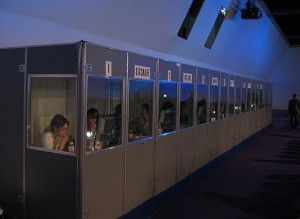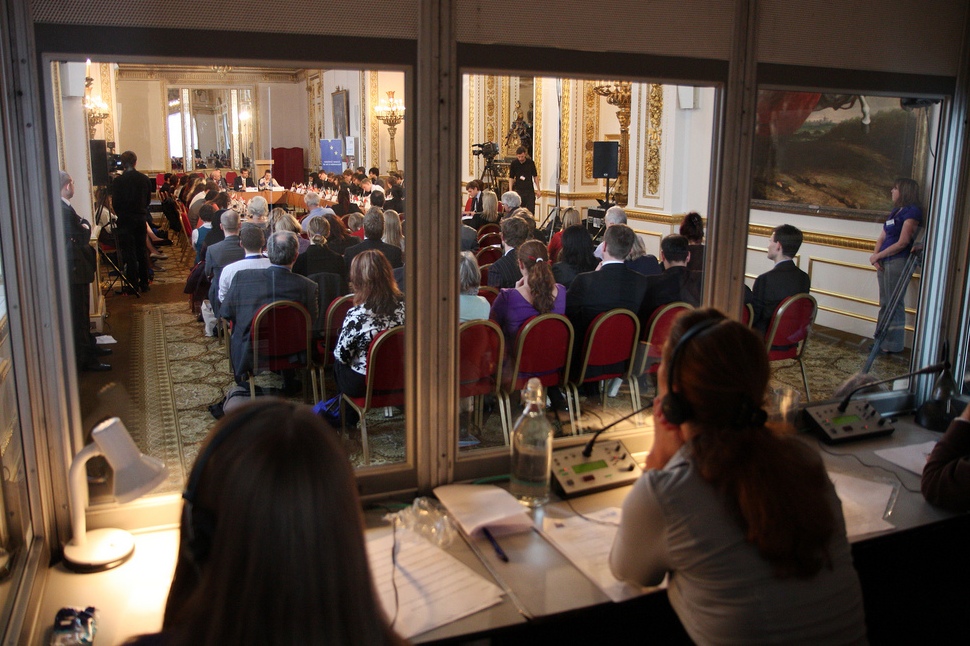If you are in need of interpretation and want to hire a service for your company, it is important to understand exactly what type of service you would need. There are different types of interpretations services available, and you must know what they are so you can pick the one that suits your specific circumstance.
Read on to learn what you must do when selecting a good interpretation service.
1. You must understand the different types of interpretation
You would normally come across two types of interpretations, They are simultaneous interpretation and consecutive interpretation. Simultaneous interpretation is sometimes called conference interpretation or simulations translation.
Consecutive Interpretation
Consecutive interpretation is when a speaker completes a statement and waits for the interpreter to translate it into the other language. When the interpreter has finished, the speaker will then continue delivering the speech, in essence, they take consecutive turns. The method the speech is delivered (speaker, interpreter then speaker) is consecutive, and that is why it is given that term. The one thing when using such an interpreter is that the speaker should not talk for too long. It is important as the interpreter may not be able to remember everything the speaker has said, and then the speaker may have to repeat what was said.
Simultaneous Interpretation
This type of interpretation involves both the speaker and the interpreter speaking at the same time. The interpreter will listen to a sentence that the speaker says and will translate while listening to the next. The speaker does not pause, and neither does the interpreter and it is called simultaneous interpreting for that reason.
This type of interpreting is very challenging, and the people who do it usually sit in soundproof booths and use headphones to receive a clear audio signal of what the speaker is saying and what they translate are channeled to those who need the translation in the meeting or conference.
 2. The size of your meeting
2. The size of your meeting
Depending on the size of your meeting and the languages you need interpretation for you must select what type of interpreter you will need. If you are holding a meeting of 30 to 50 people who speak different languages, it might be wise to use a simultaneous interpreter. Conversely, a consecutive interpreter would be suitable for a meeting or conference where only one other language is needed.
We all know the world is getting smaller, and people from different countries meet on a regular basis for meetings and conferences. Select what type of interpreter you would need according to the circumstances mentioned above.…

